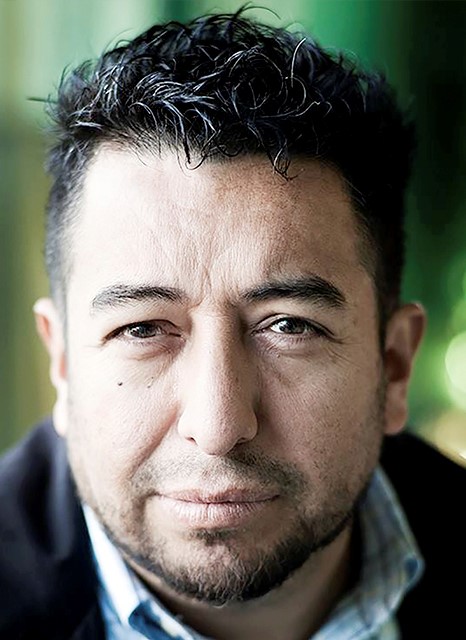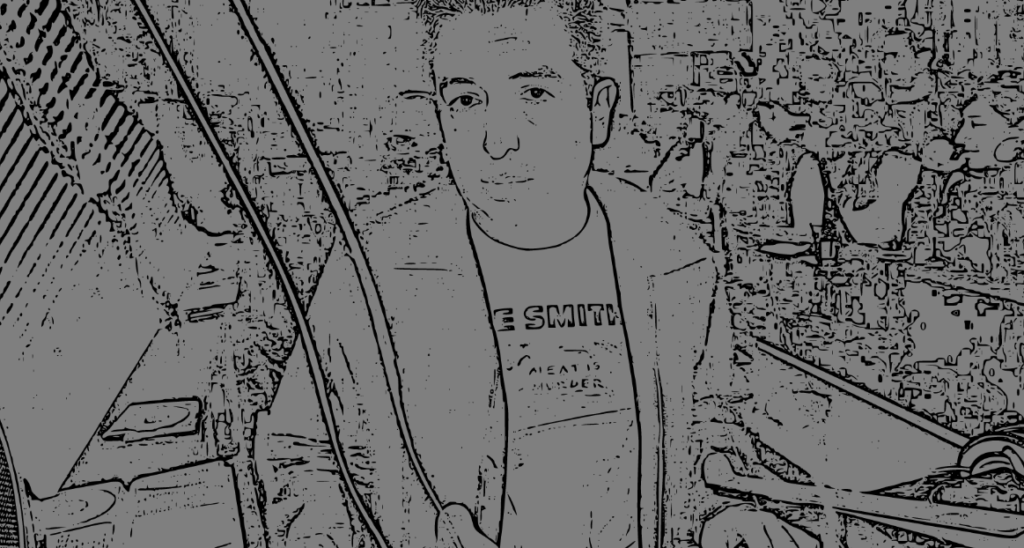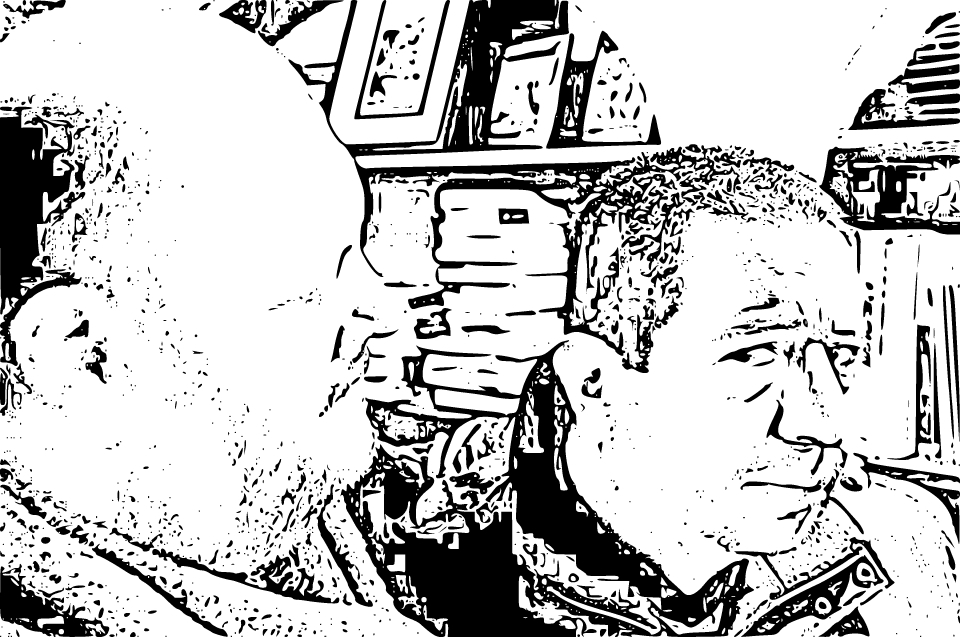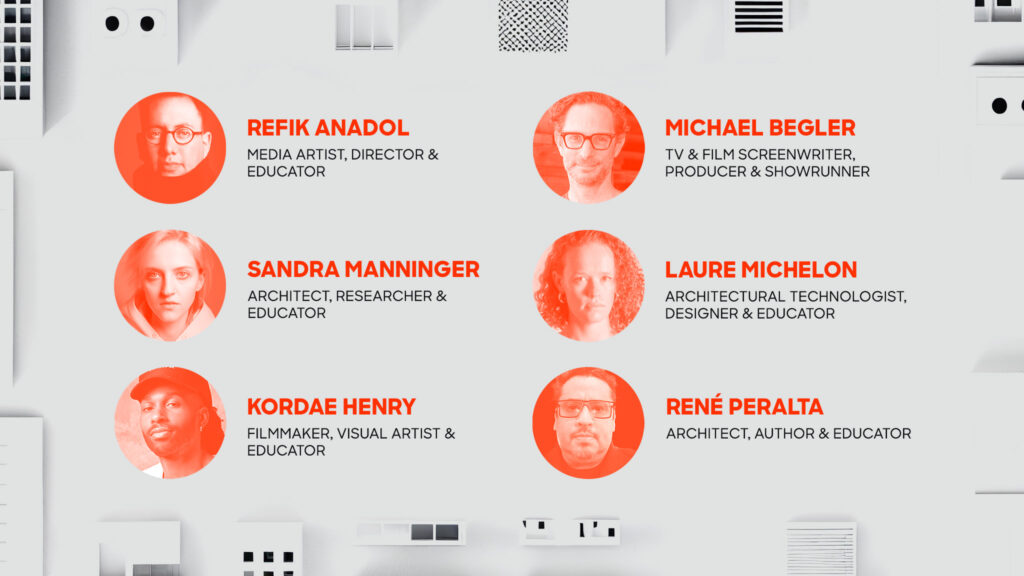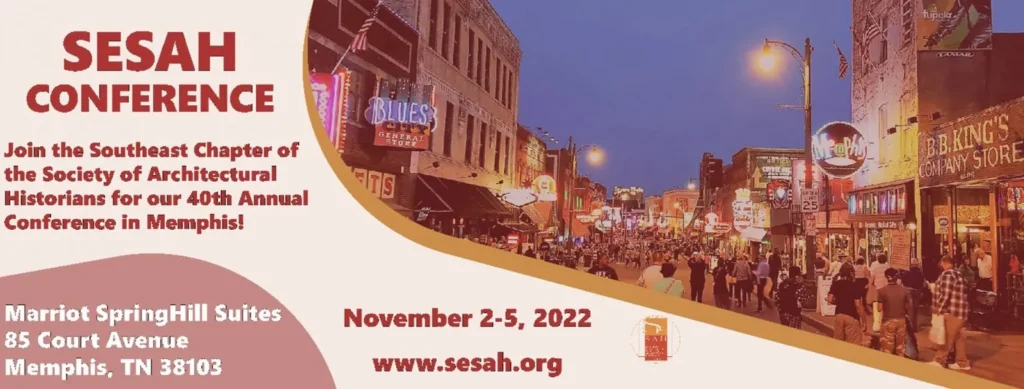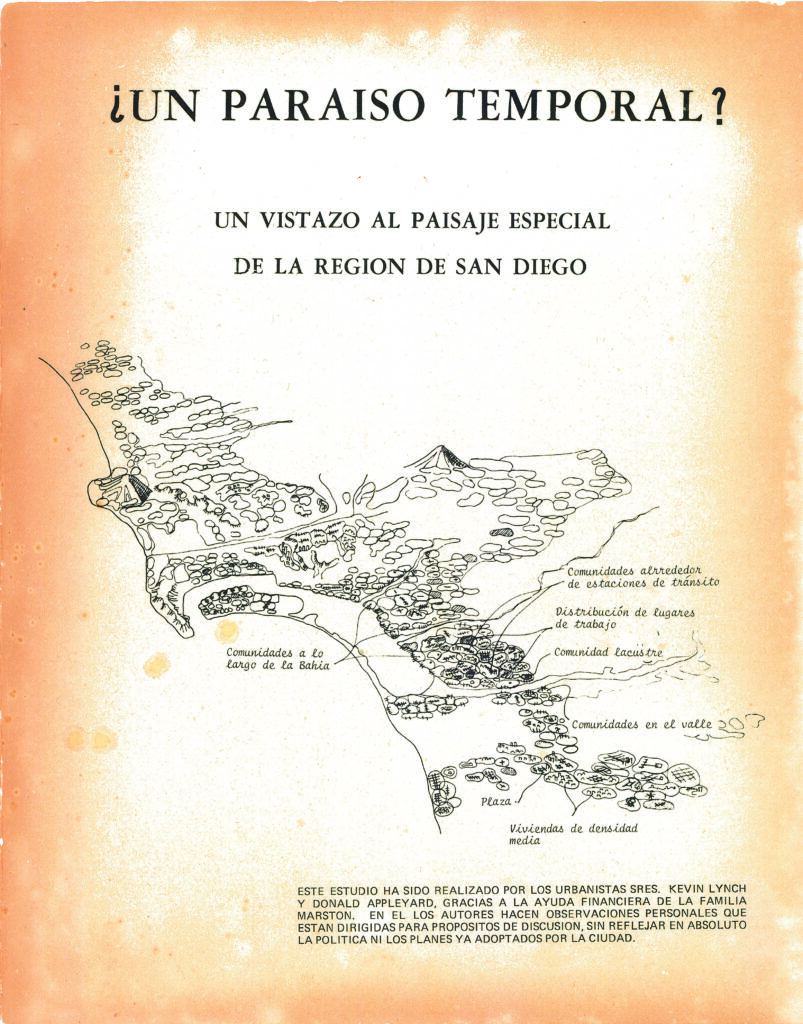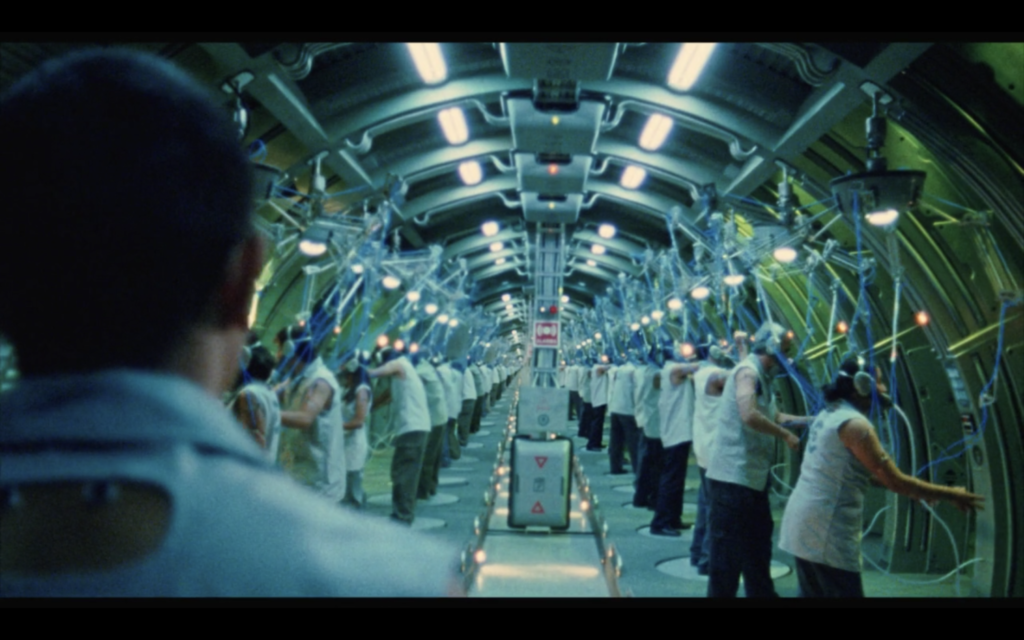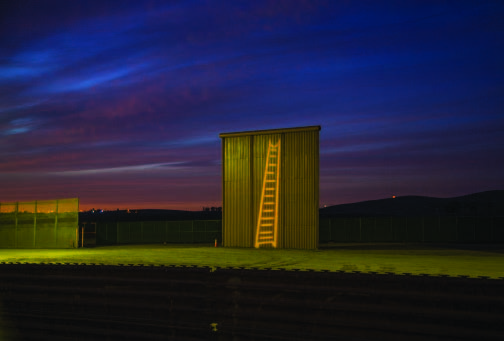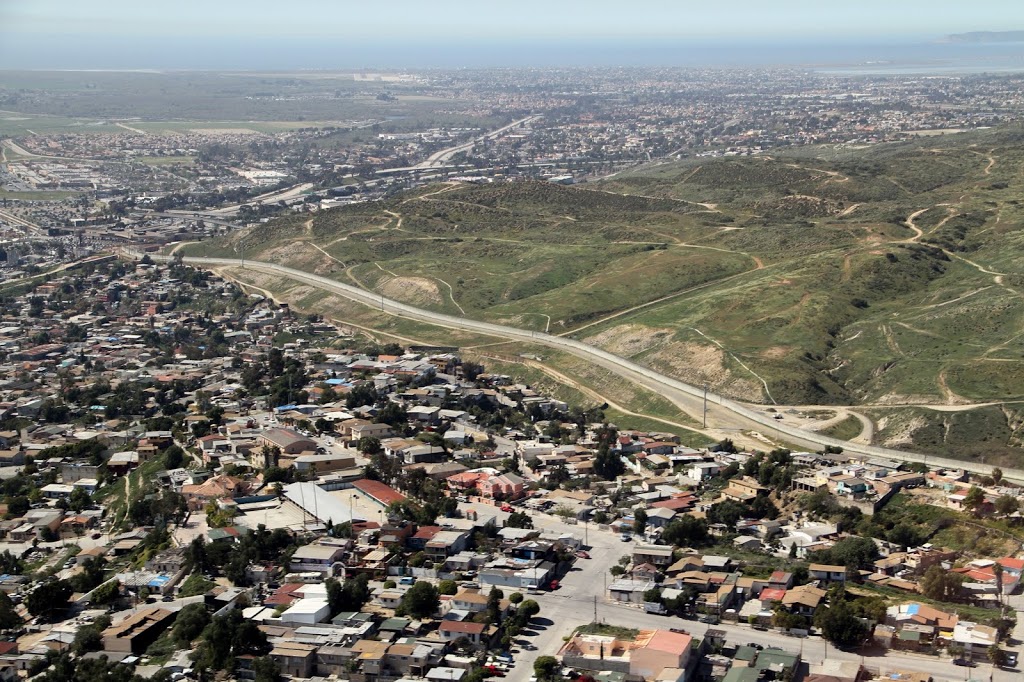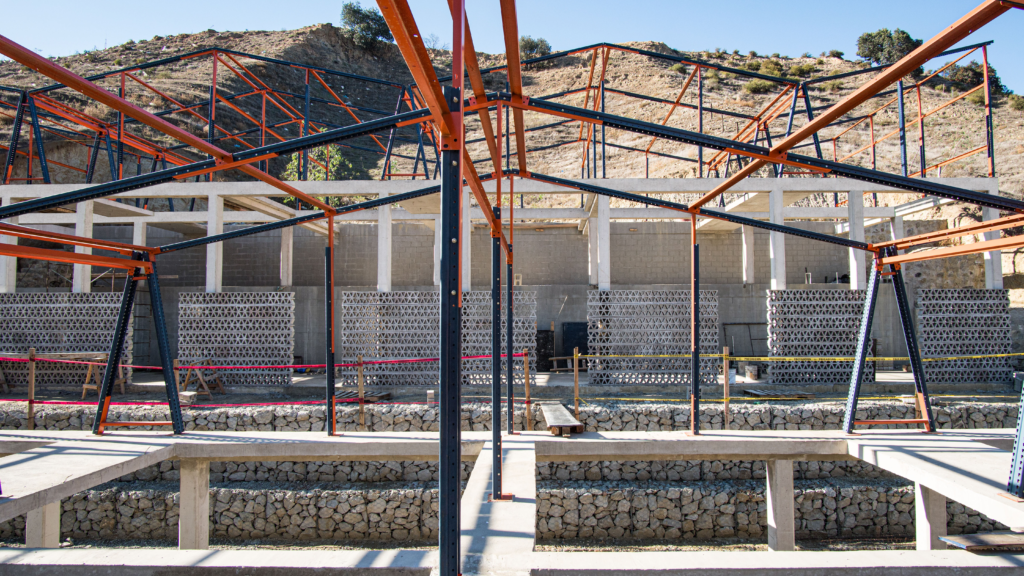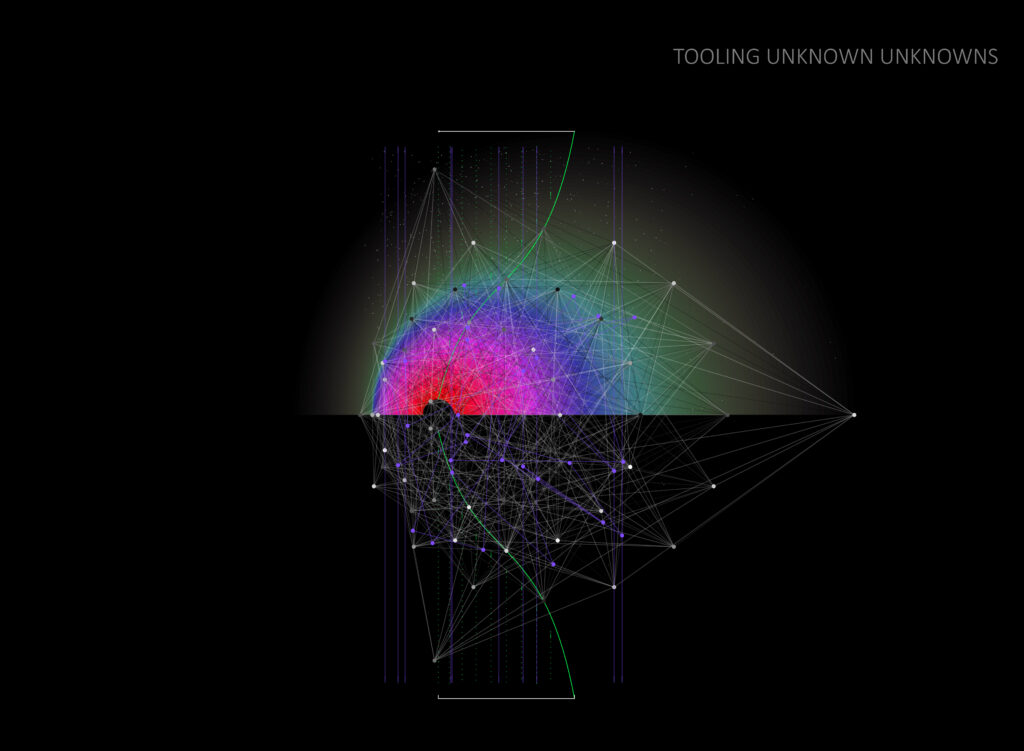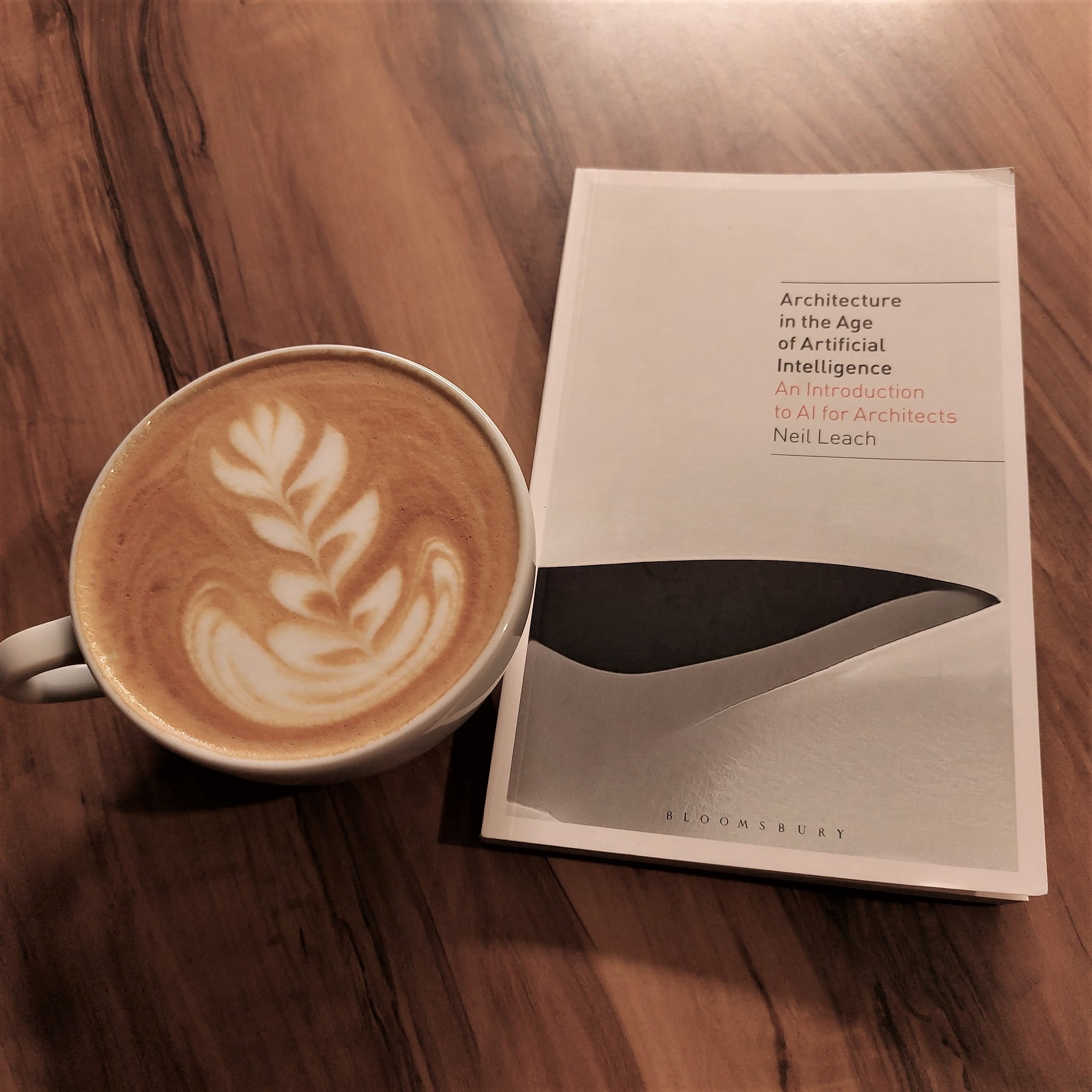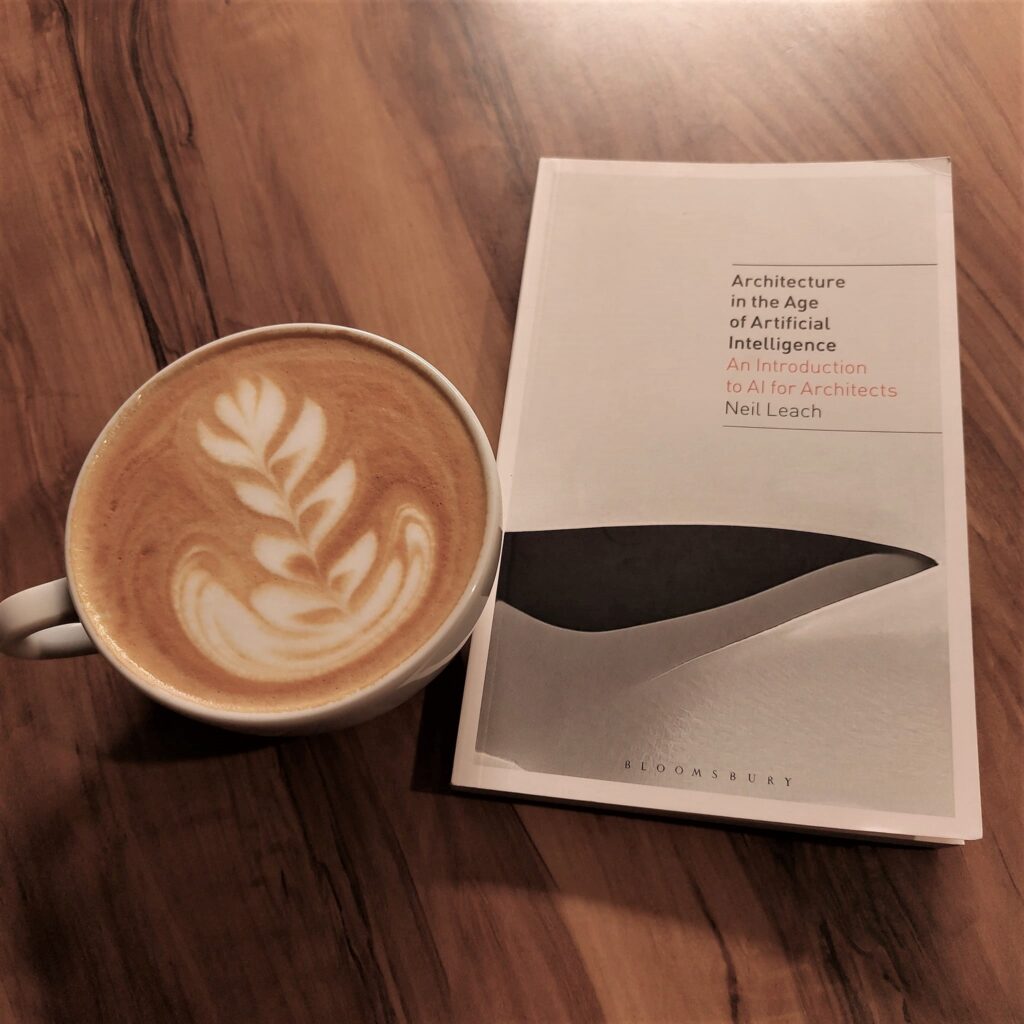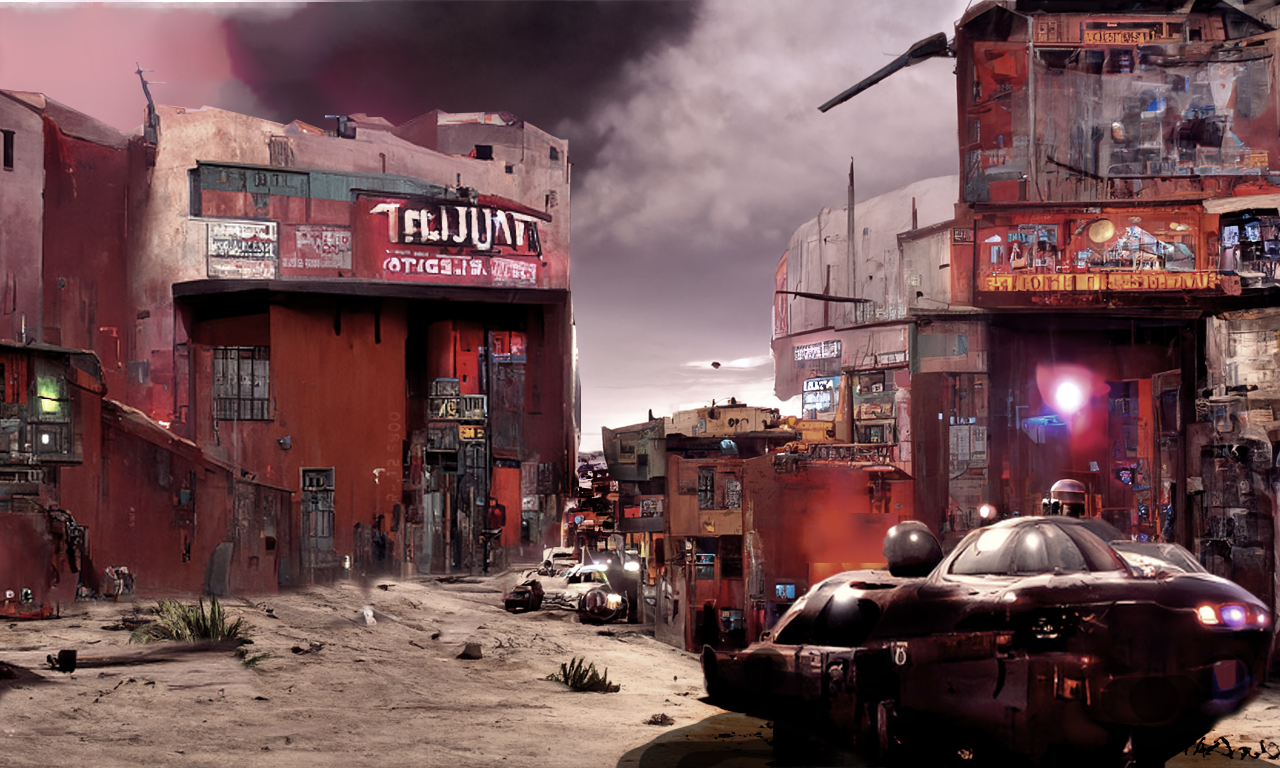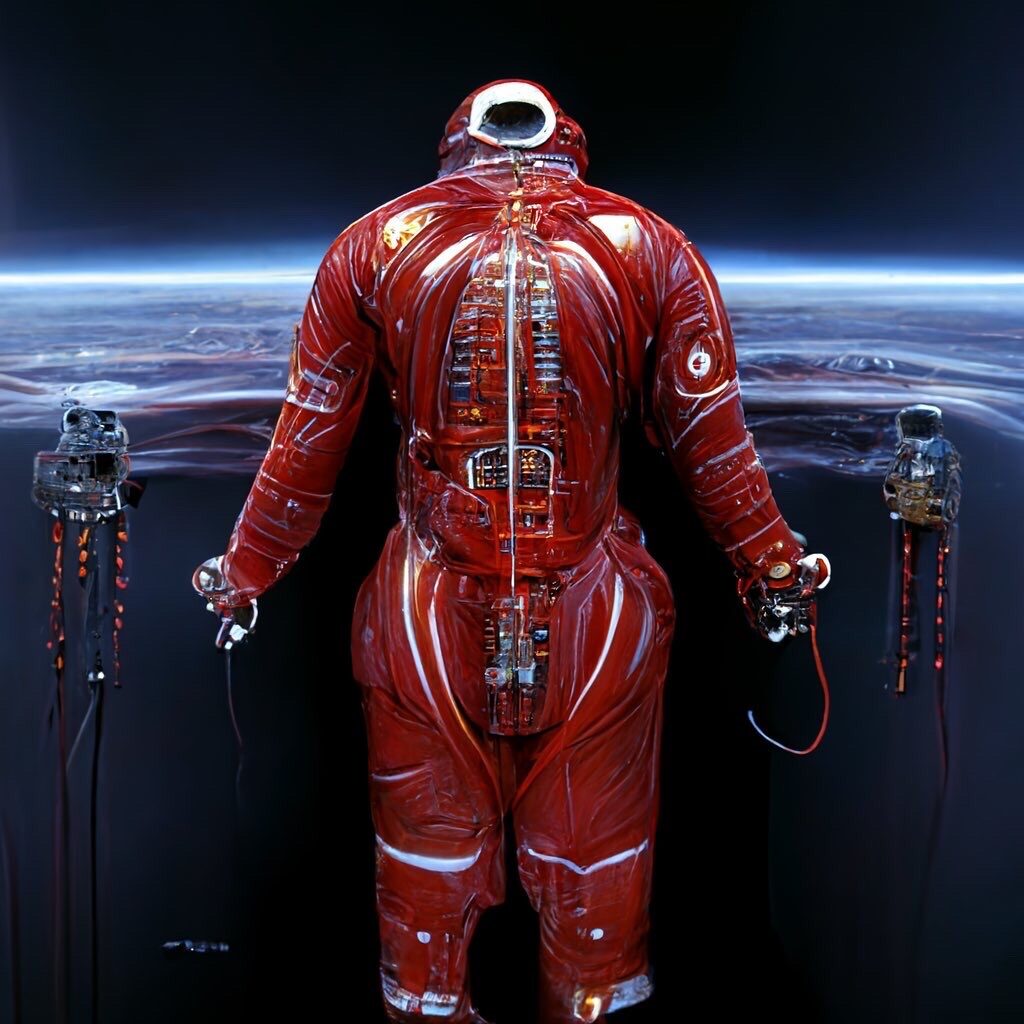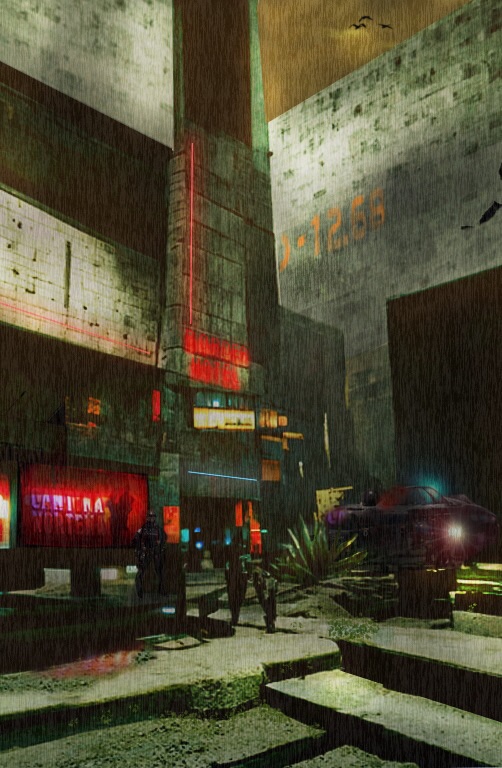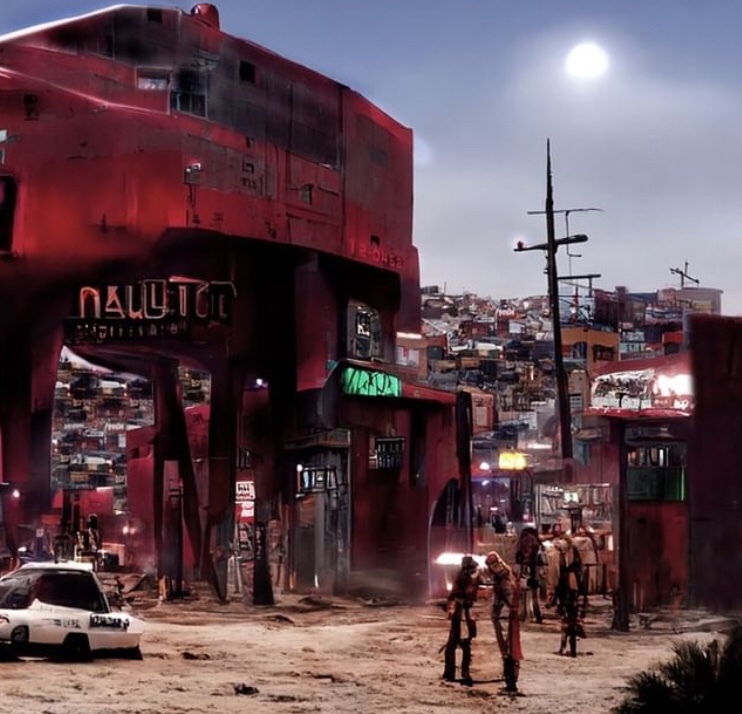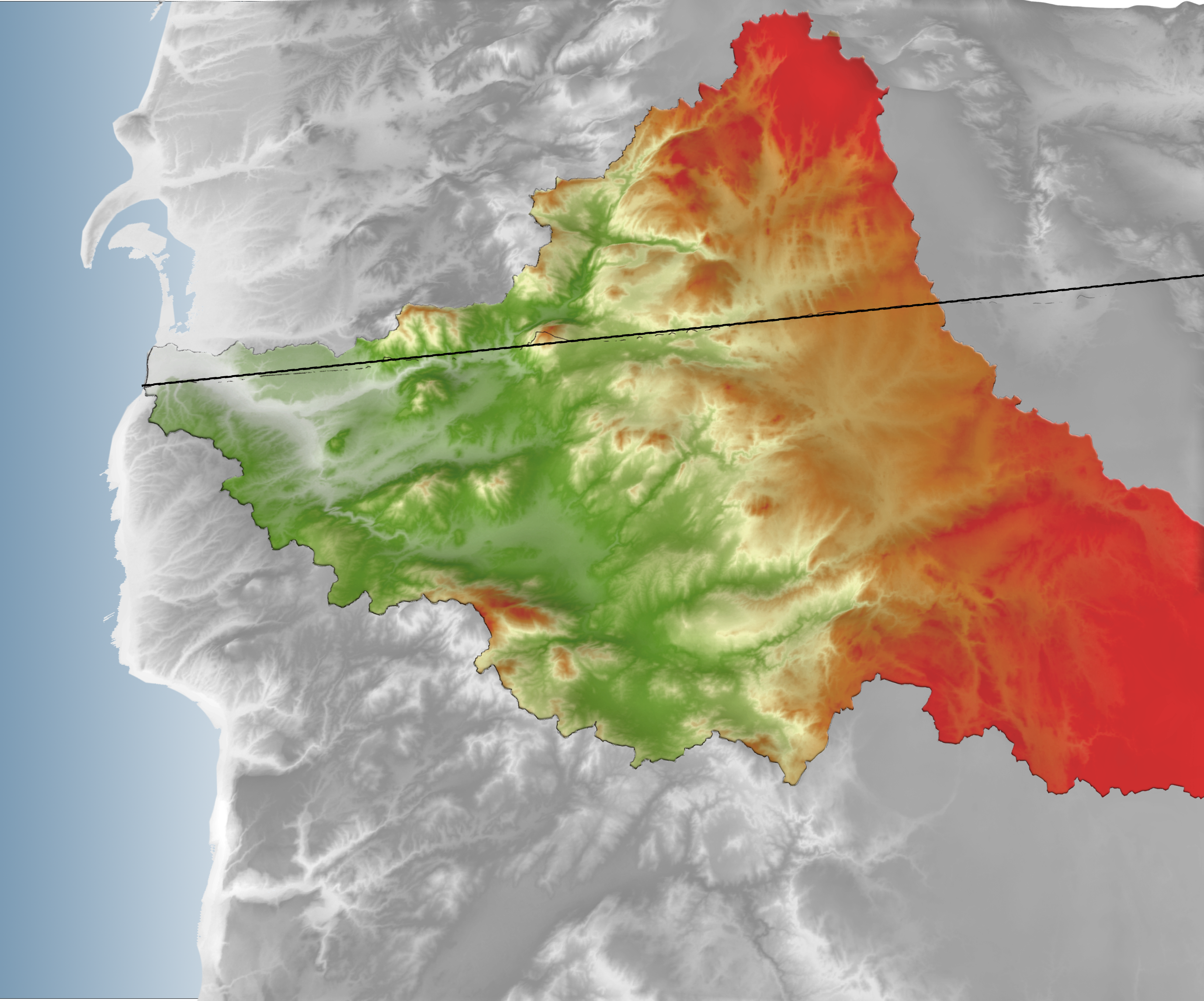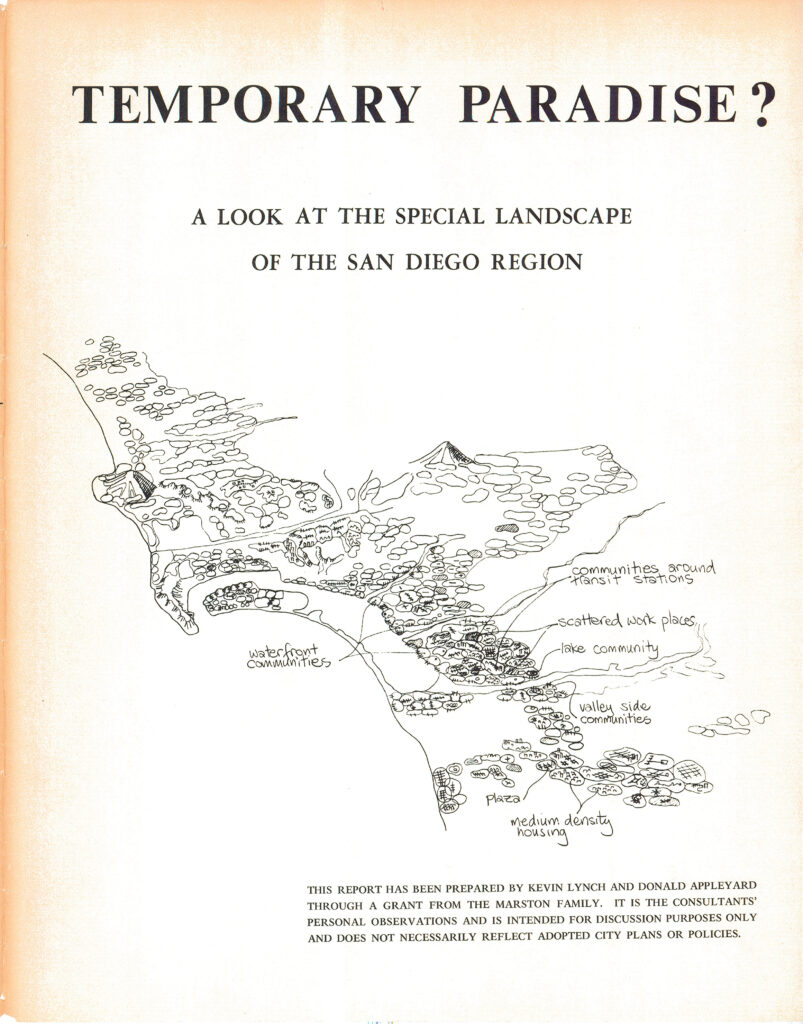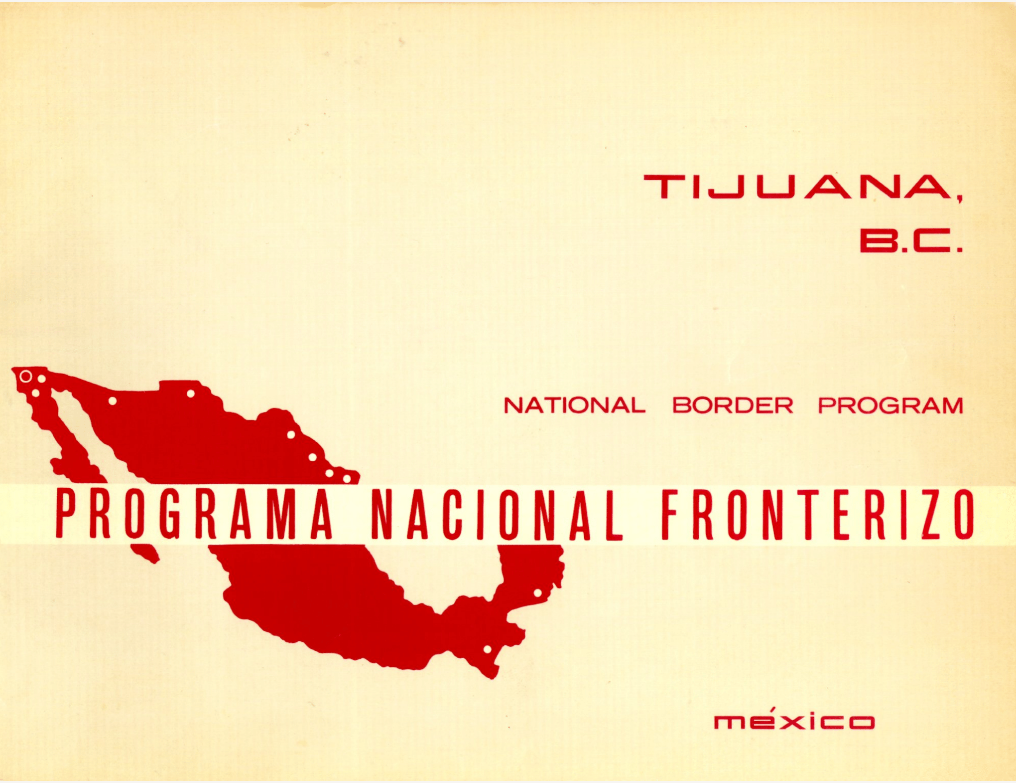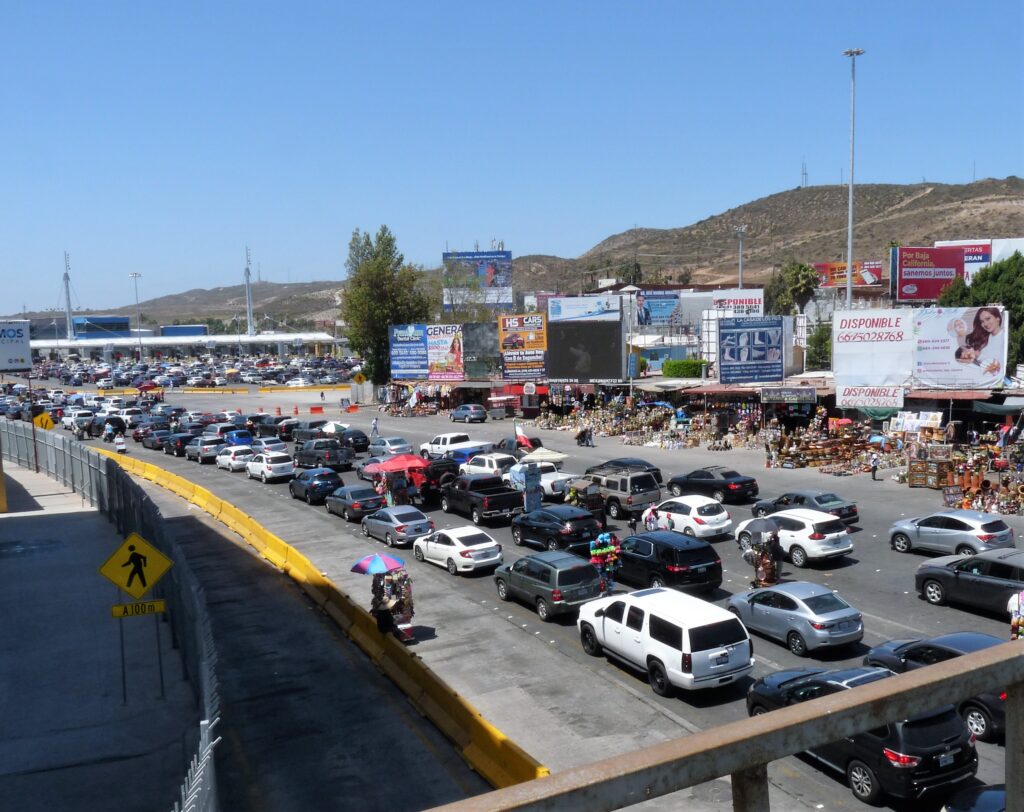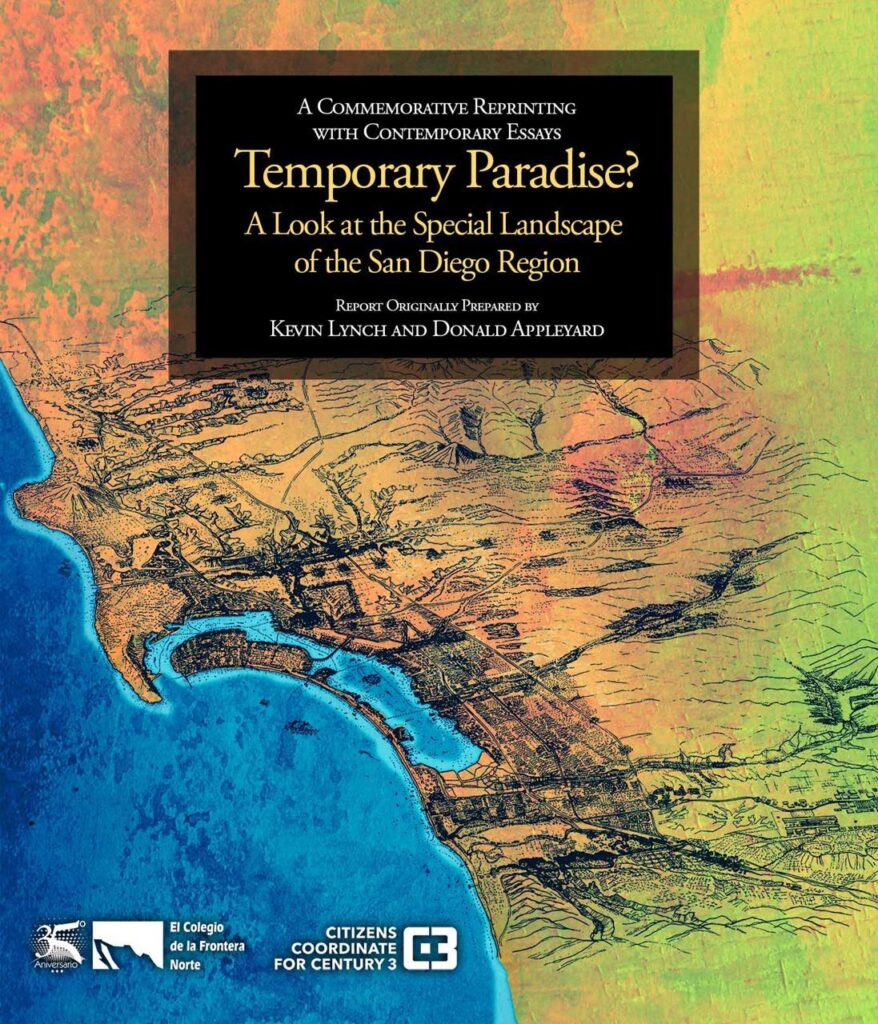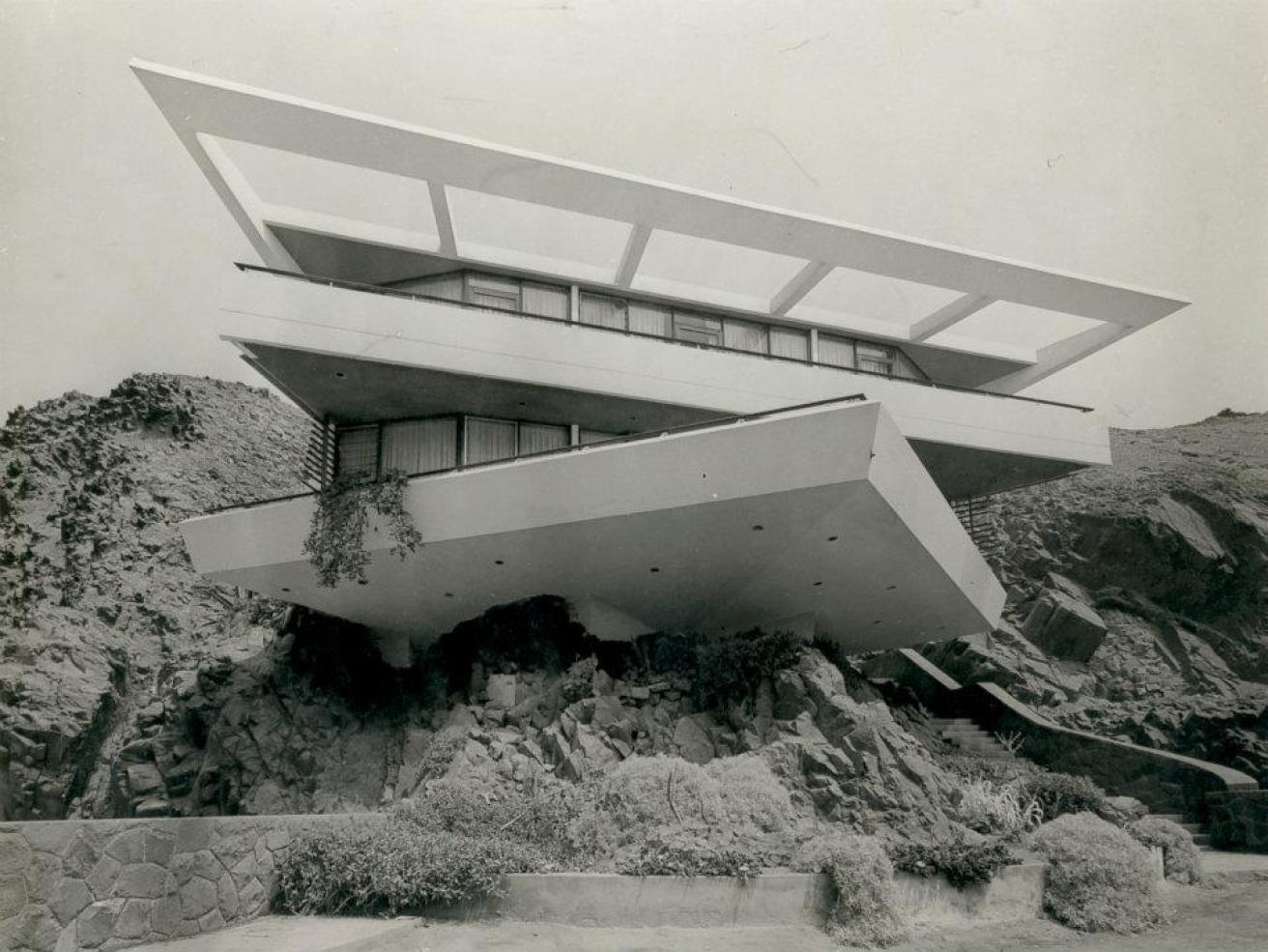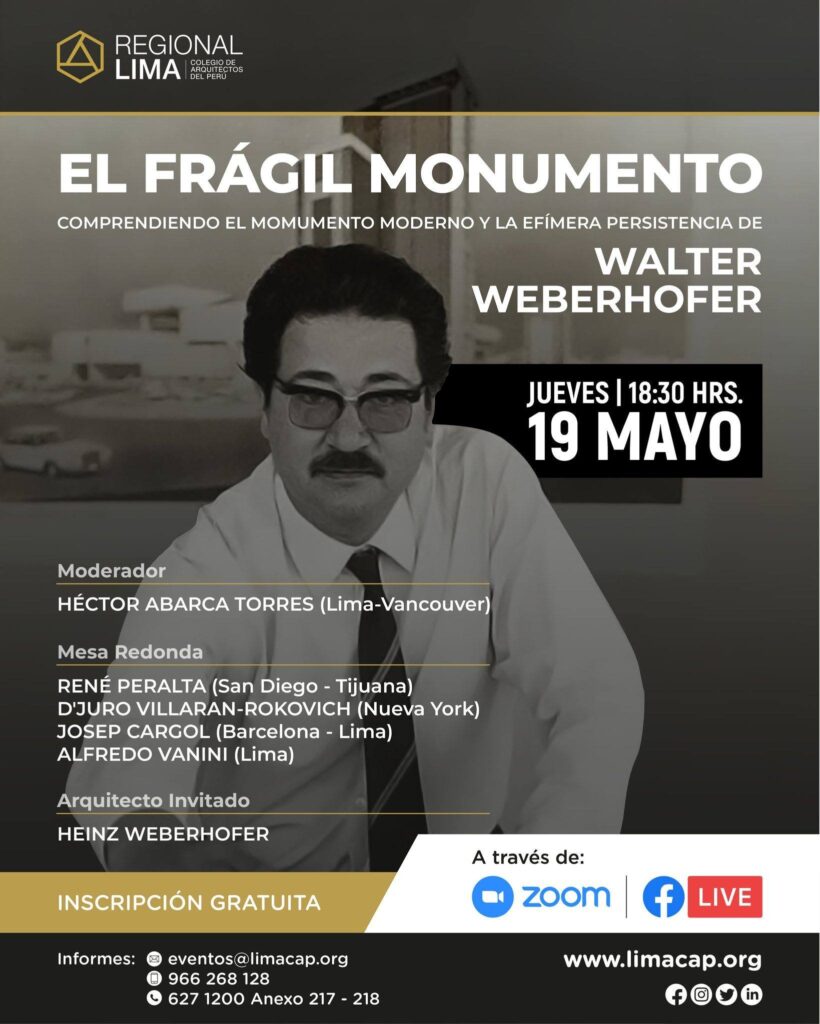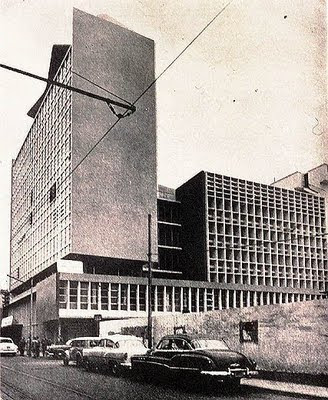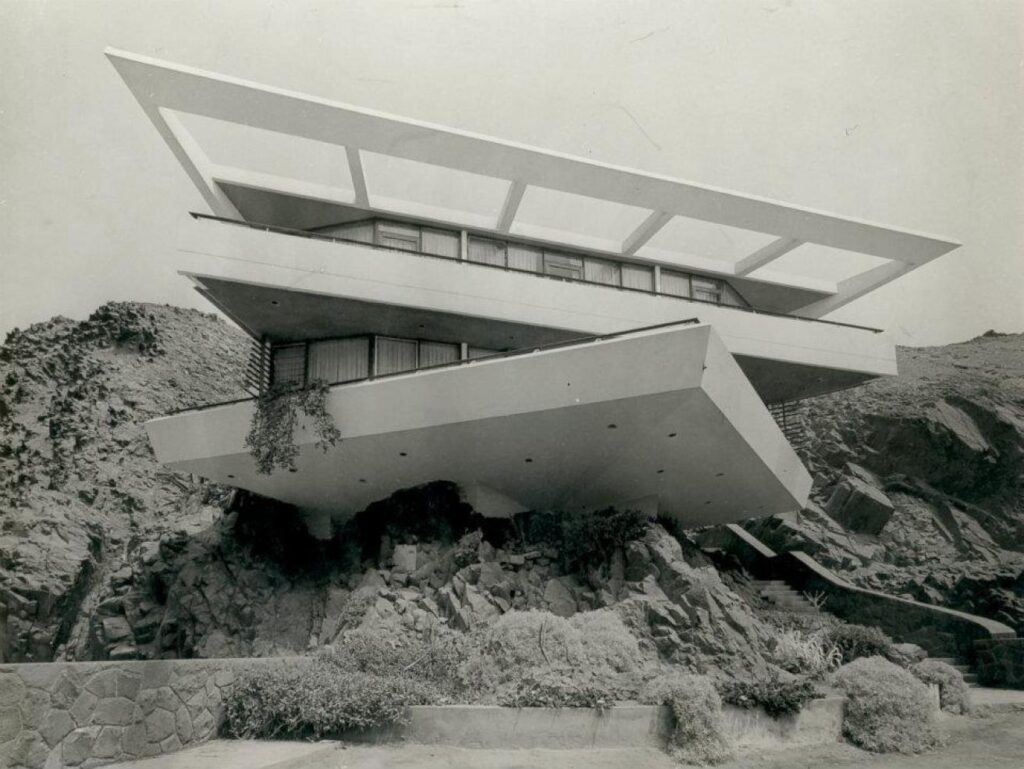Reflecting on the Legacy of Woodbury University School of Architecture in San Diego
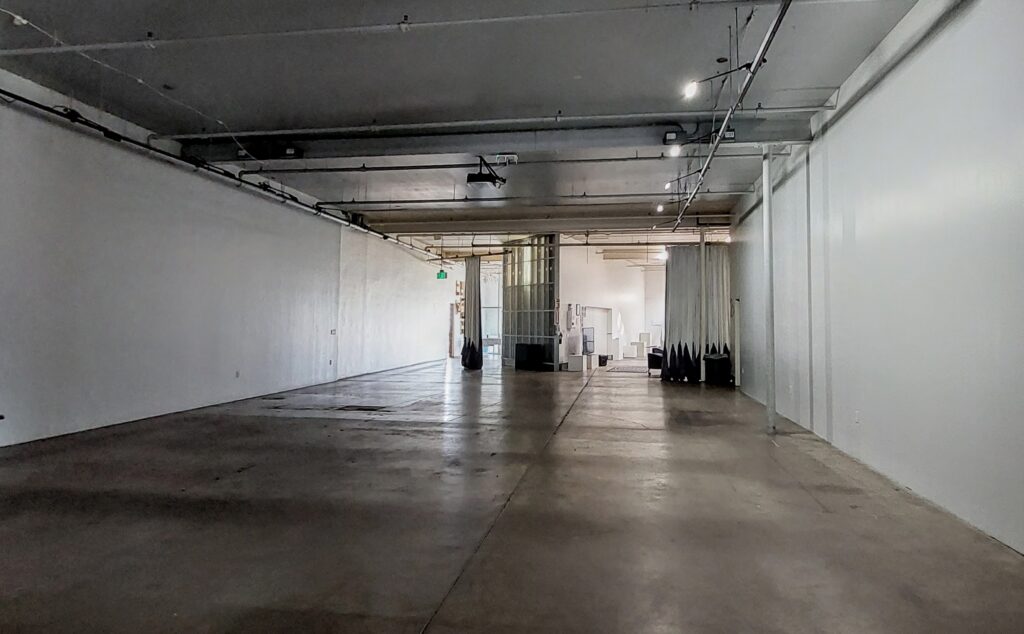
In the summer of 2006, I received a call from my friend and colleague Catherine Herbst, who had recently become the head of Woodbury University School of Architecture in San Diego (WUSD) following the departure of the previous chair, Geraldine Forbes, to New Mexico. During our conversation, Herbst shared a memorable detail: “I have a list in front of me of people I need to hire and people I want to hire.” This moment marked the beginning of my tenure as an instructor at WUSD. The school had recently moved from Liberty Station (formerly the Naval Training Center in San Diego), where it had been established in 1998, to a former bank building in downtown San Diego.
WUSD, while an extension of the original architecture program in Burbank, where the university was founded in 1884, was distinct from its Los Angeles hub. Unlike Burbank, which faced competition from institutions like SciArc, UCLA, and USC, the San Diego school did not have such rivals. It uniquely positioned itself by looking north towards San Diego and south towards Tijuana and the rest of Latin America. The school operated on its terms, shaped by the ambitions and perspectives of its cross-border faculty and students.
Located on the corner of 8th and C Street, Its main lecture space was on the ground floor, flanked by the large glass façade and visible to passersby who stared into the space during student presentations and evening lectures. These ground-floor activities became part of downtown’s urban nightlife spectacle. The rest of the school, including classrooms, offices, a library, and other support spaces, were distributed among the six floors of the old, bland-looking tower. It stood in the neighborhood in the southeast section of downtown, which was still made up of warehouses, dive bars, Mexican restaurants, and social service facilities. Gentrifiers were not far away, developing little Italy and other areas closer to Balboa Park.
WUSD was among the nation’s architecture schools most proximate to the U.S./Mexico border, both in geographical and conceptual terms. Its proximity to the border enhanced the scope and impact of its academic programs, offering a more robust and transnational context across all courses, including design, urbanism, and theory. Beyond its five-year undergraduate program, another significant offering was the Master of Real Estate Development, led by Ted Smith, a renowned San Diego architect and housing expert. Known as MRED, this program had its own studio space in the heart of Little Italy and required students to work on actual development projects for their graduation. The school fostered a spirit of experimentation within the cross-border region while focusing on innovative ways of living and engaging with Southern California.
Eventually, in 2008, the school relocated to its final location in Barrio Logan, occupying an old furniture warehouse on Main Street and repurposed by the San Diego firm Rinehart-Herbst. The large, industrial feel of the single-story building facilitated better interaction among students, creating an atmosphere of openness and experimentation. This space became a hub for architectural creation, drawing inspiration from its surroundings, predominantly manufacturing businesses serving the nearby shipyards. WUSD was situated at the epicenter of San Diego’s Chicano movement, characterized by resistance and nonconformity. Furthermore, the school’s location placed it within the military-industrial complex, right next to a naval base renowned for its global power and only 20 minutes from the U.S.-Mexico border, providing direct access to Latin America. This geographical advantage allowed for a rich exchange of cultural and architectural ideas, enabling the school to integrate a broader, more inclusive perspective into its curriculum.
From Tijuana to Woodbury: The Daily Commute That Shapes an Academic Ethos
I would sometimes cross the border on foot from Tijuana, where I live, and catch the “red limo” (our nickname for the San Diego trolley), which ran from the San Ysidro point of entry to downtown San Diego. Just one stop before reaching its destination, I would get off at the Barrio Logan station and take a ten-minute stroll through the neighborhood to the school. That trolley ride always reminded me why our school was situated in a significant part of San Diego and the world.
Riding the trolley showcased the vibrant and unique culture of the border area through the diverse identities of my fellow passengers. The majority were Mexican laborers commuting to jobs in restaurants, hotels, and various service industries. Shipbuilders and welders often disembarked with me at the Barrio Logan station. Additionally, due to San Diego’s high cost of living, retired U.S. citizens living in Mexico frequently took the trolley to collect their social security checks and purchase groceries before returning to their homes in Tijuana. Additionally, countless high school students crossed the border for an American education, just as I did when I attended Castle Park High School in Chula Vista. This rich tapestry of daily life underscored the vital cross-border connection that our school embodied.
All of us who had the privilege of teaching at WUSD were integral to the school’s multifaceted approach, particularly its academic ethos. As the first decade of the 21st century drew to a close, the school’s ideology comprised an eclectic mix of ideas and concepts from architecture, art, anthropology, gaming, and border social studies. The dialogues among students and faculty resonated with discussions on digital and post-digital design, hybridity, postmodern urbanism, site-specific art, landscape urbanism, and many other concepts that transcended and shattered traditional intellectual boundaries. This enthusiasm for the discipline extended beyond our institution; we actively shared it with our colleagues and students across the border. Some of us also taught and engaged with various universities in Tijuana, fostering cross-border student collaborations.
WUSD’s commitment to diverse perspectives was demonstrated through its lecture series, which faculty and students collaboratively organized each semester. This series was freely shared with our Tijuana counterparts as a gesture of solidarity. Additionally, we encouraged our lecturers to visit Tijuana and engage directly with students who might not have had the opportunity to travel to San Diego and attend these talks in person.
Tijuana was always an enticing prospect for our guest lecturers at WUSD. As part of their speaking engagement, we offered a comprehensive experience that included a full day and sometimes an entire night in the infamous border city, with some visitors opting to stay for a couple of days to immerse themselves fully. Our excursions began early in the morning, thoroughly exploring the city’s diverse sites, from bustling markets to the seaside border communities.
Lunch was a highlight, featuring local favorites such as tacos from street vendors or the original Caesar Salad at its birthplace. As the day progressed, we delved deeper into Tijuana’s cultural and architectural landscapes, discussing its dynamic urbanism and cross-border influences. Visits invariably ended at El Dandy del Sur, a beloved dive bar in downtown Tijuana, where we would unwind with nightcaps. This informal setting allowed lecturers to mingle with local students and faculty in a relaxed atmosphere. These outings often included chance encounters with architectural luminaries such as Lebbeus Woods or Neil Denari, who might be seen enjoying a margarita, or with scholars like Liane Lefaivre or Vicente Guallart, exploring the outer edges of Tijuana.
Teaching on the Edge
WUSD’s strategic location near the border and the strong relationships fostered by faculty and students with their counterparts in Tijuana significantly broadened our educational scope. This proximity allowed us to integrate a unique pedagogical perspective emphasizing urbanism and exploring cross-border dynamics. The school proudly positioned itself as a pioneering institution in addressing and studying the complexities of border life and urban development. This distinctive focus on border-related issues enabled WUSD to offer a curriculum and research deeply infused with real-world applications and cross-cultural exchanges. Our commitment to this approach attracted students and faculty keen on engaging with these themes and caught the attention of other academic institutions. It was not long before we began collaborating with universities from across the United States and around the globe.
These collaborations ranged from joint research projects to exchange programs, seminars, and workshops that brought together experts and students from diverse backgrounds to share knowledge, debate ideas, and forge new paths in urbanism and cross-border studies. This network of global academic partnerships greatly enhanced the educational experience at WUSD, turning it into a vibrant hub for international dialogue and innovation.
In the summer of 2008, WUSD hosted faculty and students from the Sam Fox School of Design and Visual Arts at Washington University in St. Louis. This diverse group, comprised of students from architecture, landscape architecture, and urban design disciplines, traveled to San Diego to use WUSD as their base for an eight-week deep dive into Tijuana and Mexico City. The students engaged in intensive studio work, attended seminars, and visited both cities as part of their comprehensive study of a major urban project. This project focused on infrastructural systems, housing, and community planning.
The summer program ran successfully for three consecutive years, fostering collaboration between students across the border and deepening their understanding of the nuances of designing and working in a foreign context. The border between Tijuana and San Diego served as a boundary and a gateway to Latin America, offering students firsthand exposure to the global dynamics that influence both regions. These intercollegiate collaborations continued in different capacities with other schools and groups. Today, at the end of the school tenure and under the lead of the chair Jose Parral, this legacy continues with a collaboration between London’s Architectural Association Visiting School and WUSD.
The success of the Tijuana-Mexico City program with Washington University played a crucial role a few years later in developing and managing a one-year Master of Science program in Landscape Urbanism focused on Latin America. I had the privilege of directing this program for three years, supported by a federal grant awarded to Woodbury for its designation as a Hispanic-serving institution. Every year, our select group of students embarked on a journey across different parts of Latin America to engage directly with ‘real’ projects. These projects were not hypothetical academic exercises but initiatives we set up in collaboration with our partners in various cities. This hands-on approach gave students invaluable field experience and a deeper understanding of Latin America’s architectural challenges and opportunities.
Our travels took us to notable urban centers, including Mexico City, Panama City, and Lima, Peru. We collaborated with local architects, planners, and communities in each location to address specific urban issues. Our visit to Lima was particularly illuminating. We explored the Proyecto Experimental de Vivienda (PREVI), a pioneering urban housing project initiated in the late 1960s by internationally renowned architects for the working-class population. PREVI’s innovative approach to urban residential design provided valuable insights into the practical and social aspects of mass housing.
We thoroughly studied PREVI’s design, implementation, and subsequent impact on the community, identifying its triumphs and shortcomings. This comprehensive analysis was captured in a 10-minute documentary meticulously crafted by our students. This documentary did more than recount our findings; it highlighted the project’s legacy and ongoing relevance to urban housing challenges. Our work culminated in including this documentary in a major exhibition on Latin American architecture at the Museum of Modern Art in New York, where it helped convey the complexities of urban housing development to a broader audience.
I should highlight the significant support these initiatives received from Woodbury in Burbank. Norman Millar, our long-serving Dean, was a staunch advocate for WUSD. I believe he genuinely recognized the potential of cross-border relations and the dynamic location of the San Diego campus. Norman regularly visited San Diego, actively participating in our development collaborating with or distinct from the ethos in LA. I believe he was particularly intrigued by the contrasts between the two campuses.
The university experienced a series of leadership changes at the presidential level. In 2012, Kenneth Nielsen stepped down, and Luis Calingo took over. Calingo launched several initiatives to strengthen the university and its connections between the San Diego campus and Tijuana. He visited the city, meeting with local university leaders and Woodbury alums like Ceasar Foglio, who played a vital role in developing the first manufacturing parks in Tijuana—an industry that would become a critical economic driver. Despite these efforts, the frequent changes in leadership and the school’s economic struggles prevented these initiatives from bearing fruit and limited the potential for expanding its influence beyond San Diego.
Unfortunately, Norman Millar, the Dean of the School since 1999, passed away in 2016. Following his death and other economic factors, the school’s San Diego campus enrollment began declining. As faculty members, we started hearing rumors about a potential campus shutdown. Efforts continued to maintain the school’s vitality, and eventually, Catherine Herbst, my original boss, stepped down. Subsequently, our colleague Jose Parral took over the leadership at WUSD, guiding the school to a dignified closure, marking the end of one of the country’s most remarkable “little” architecture schools.
A Bittersweet Farewell
In reflecting on my tenure at Woodbury University’s San Diego School of Architecture, I am struck by the profound impact it has had, not only on my professional life but also on the broader academic and architectural communities. As an integral part of a unique educational model, WUSD was more than just a school; it was a beacon of innovation and cross-cultural exchange, positioned at the vibrant crossroads of the U.S./Mexico border. The closure of WUSD is not merely the end of an institution but represents a significant loss to the architectural field and the community it served.
Throughout my years at WUSD, I witnessed firsthand how the school’s strategic location and commitment to cross-border dynamics enriched our curriculum and broadened our students’ perspectives. The partnerships we cultivated, the projects we undertook, and the conversations that animated our classrooms all spoke to a mission transcending traditional educational boundaries.
As we say goodbye to what was indeed one of the country’s most remarkable small architecture schools, I feel deep gratitude for the shared experiences and the relationships forged. The legacy of WUSD will undoubtedly continue in the professional and personal lives of those who were part of its community. It was a place that taught us how to look at the world and envision and build it anew. The end of WUSD is a poignant reminder of the ever-changing landscape of education and the need to cherish and support innovative spaces that dare to teach differently.
Rene Peralta
May 2024

